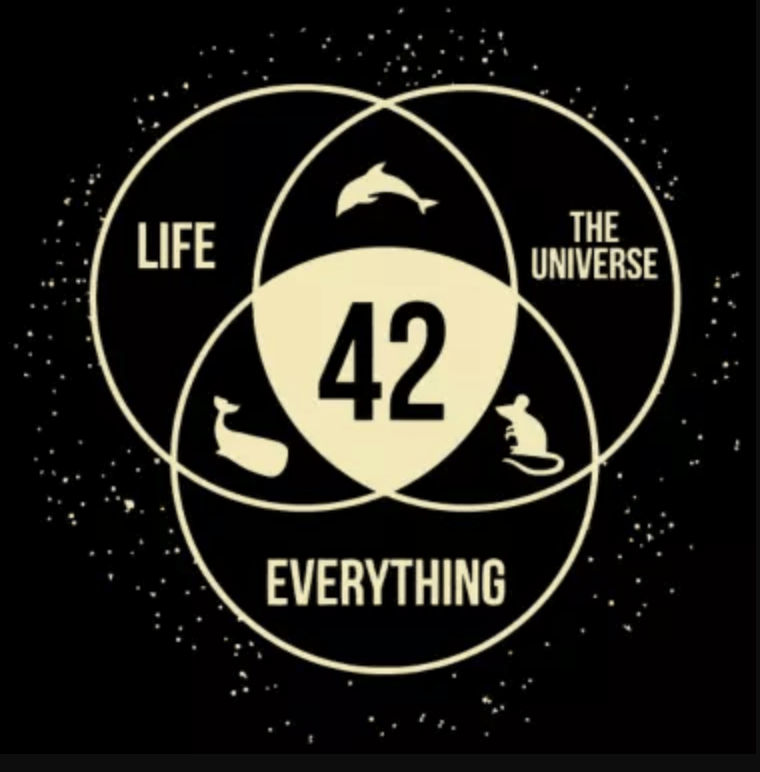Currently, Ed-tech platforms like Kullabs, Neema Academy, and Veda Guru are trending in the Nepali market. In other words, Ed-tech platforms in Nepal have the greatest attention in their entire history as the increase in the number of Ed-tech users is larger than ever before.

It all started after the government of Nepal imposed a nationwide lockdown because of the first wave of COVID-19. Educational institutions forcefully shut down, and schools moved online. This shift was a U-turn for teaching-learning practices in Nepal—something apparent by all the schooling activities directly resulting from the online classes. PowerPoint presentations developed as a classroom practice because teachers used them as a helpful tool to make their lectures understandable. Homework was not just limited to books because the practice of giving projects and research works as assignments increased. Exam evaluation was not only about a three-hours-exam but also class engagements and discussions. And, as the learning practice itself, was never embraced before, students found it difficult to grasp concepts, which increased their culture of surfing the internet for additional resources

If we think for a moment and recollect all these occurrences, we can figure out a flaw in our education system. It restricted students from understanding and using e-learning platforms—something visible by the post-pandemic boom of Ed-tech after the implementation of online teaching. I define this flaw as a lack of modernized teaching methods in our schooling practice and feel that public, state, and bureaucrats, are all equally guilty.

In Nepalese schools, technical resources are not available abundantly, which indefinitely limits modernized teaching-learning practice. The main reason behind this is how we utilize the governments' educational funds. Nepal spends around 10 percent of its national budget in the education sector. About 50 percent of this budget is consumed by basic and primary education, which is given compulsory and free of cost. A significant share of the budget also goes for distributing the teachers' salaries. Whatever amount is left is either used by bureaucrats to fill their pockets or used for some instantaneous educational purposes where there is no long-term vision. This leaves very little or no funds for the development of modernized teaching practices or very simply Ed-tech. So, public institutions are not sustainably financed, with a deficient budget allocation of state and corrupted bureaucracy being the main protagonist. Therefore, although private schools are working on developing Ed-tech, the public sector is lagging, which has resulted in the slow progress of Ed-tech in Nepal.

With no absurdity, I also put forward the rationale that the public is okay with the country's current curriculum—for there are no efforts to change it, and if there are any, these efforts are minimal. And if we do not put even a small effort into making a change, it is completely irrational to say that we wanted to make that change. Instead, we have compromised with the current system, which I mean by putting forward the rationale that the public is okay with the country's curriculum. This reluctant nature of logically every citizen of the country has constricted students to read the same traditionally designed curriculum, with no modernized teaching methods, and indeed affected the growth of Ed-tech in Nepal.

As Nepal is in a developing phase, education must be given top priority. And the Ed-tech market plays a significant role in this, for it prepares the students of today for the job of tomorrow, teaching them the skills which cannot be taught in class. Meanwhile, it is also crucial for the public, government, and bureaucrats to realize their responsibility because they must come together to grow the Ed-tech market in Nepal.

The road ahead requires the government to support financially in expanding the Ed-tech sector. It also requires the government to positively maneuver the curriculum to incorporate modern teaching methods inside it. On the other hand, the bureaucrats should be accountable for their work and remember that humanity is ahead of any value. Meanwhile, the government and the public sector can work together to check and balance the activities of the bureaucrats. The public and private sectors can set up non-profit organizations together. Such organizations will be pivotal in making students in deprived places aware of Ed-tech and its benefits.

We, the youths of today, can also use the power of our actions and words to embrace modernizing the education of Nepal. Our efforts can be directed towards teachers—requesting practicality in their teaching approaches. We can also suggest CDC with techniques for improvement of the present curriculum. When all this happens, I see the Ed-tech market growing faster than ever before in Nepal.












